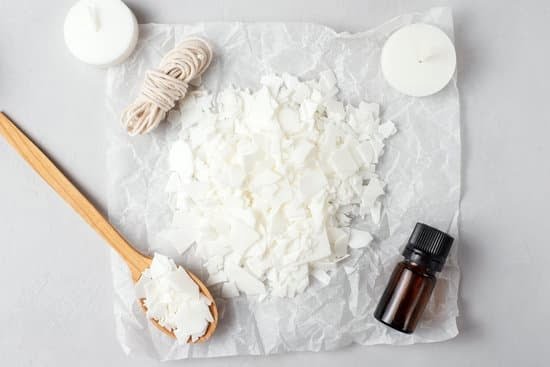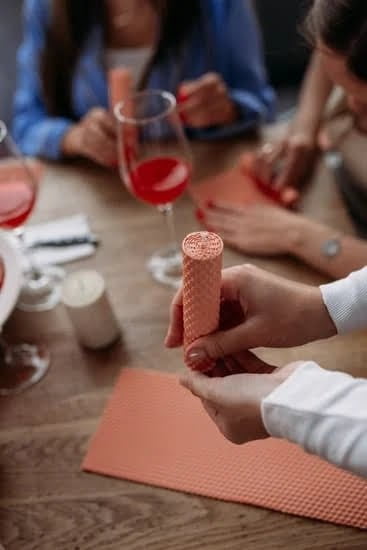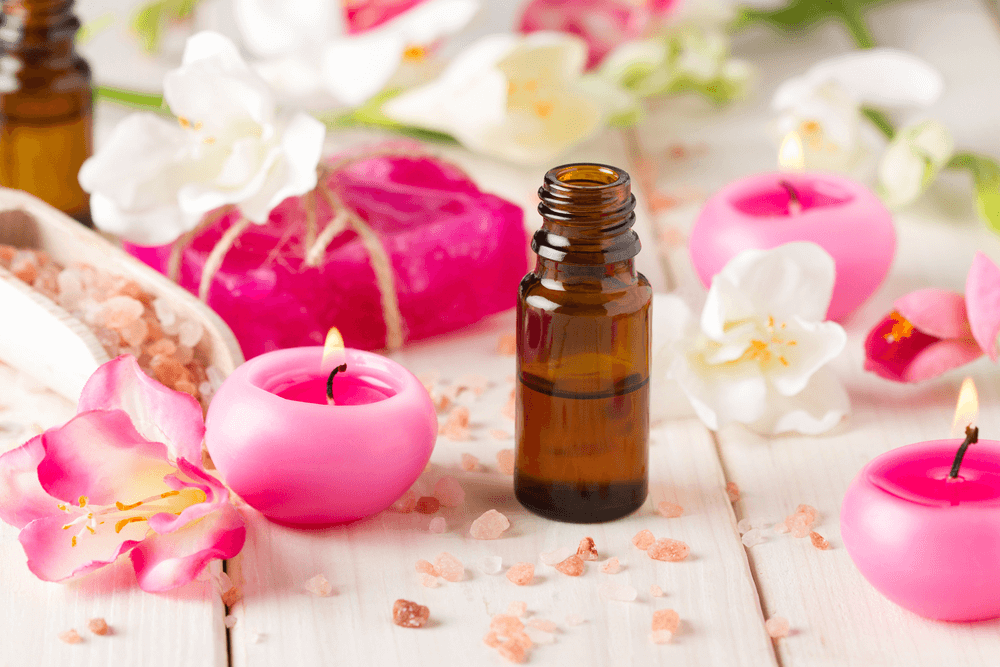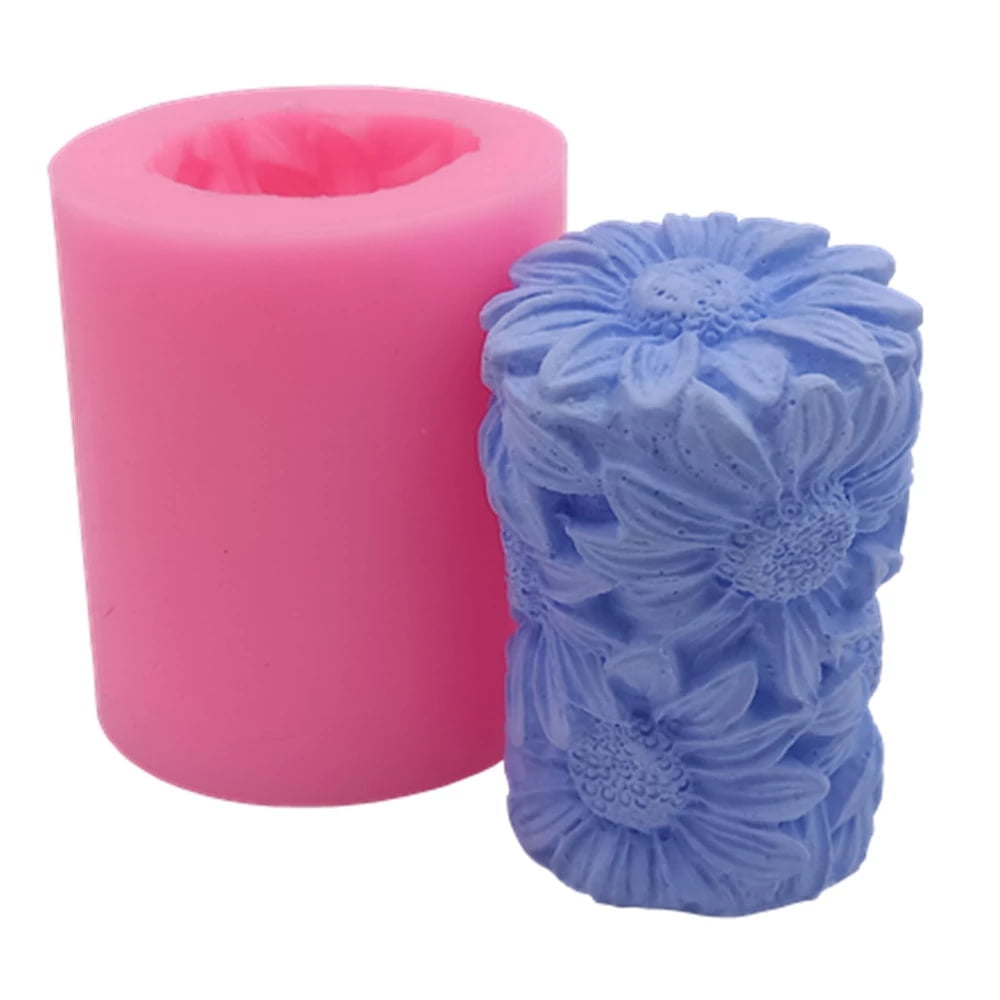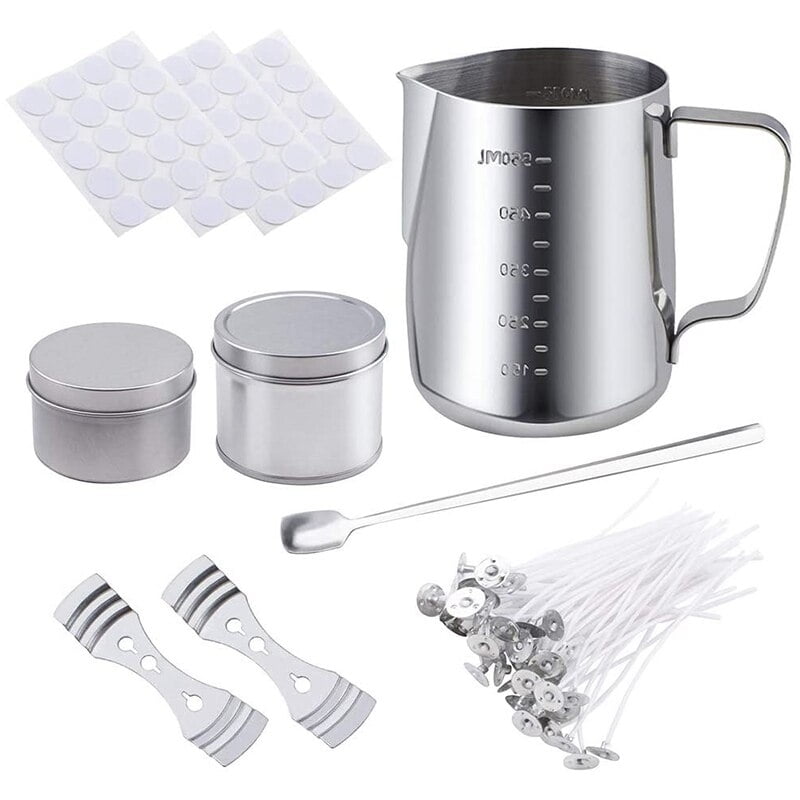Introducing Aromatherapy Candle Making
Aromatherapy Candle Making is a fun and rewarding craft that can be used to create unique and scented candles for your home. The process involves melting scented wax, adding fragrances, and pouring the liquid into molds. To make the perfect candle, it’s important to understand the basics of aromatherapy, such as which waxes are best for each desired effect,how to determine appropriate amounts of fragrance, and which wicks provide the best burning results. Additionally, you’ll need to take into account the shape of your final product and choose appropriate types of containers or molds. With just a few essential supplies, you can start crafting beautiful handmade candles in no time!
Once you have gathered materials needed for aromatherapy candle making such as waxes, fragrances, wicks, and containers or molds, it is time to begin creating your very own scentsy masterpiece. Before beginning your project it’s important to measure out all ingredients correctly so they can properly combine into a quality candle. Be sure that you take into account what type of waxes you are using as different kinds require varying ratios when mixing with fragrance oils. For example; beeswax typically requires higher ratio rates than soy wax does. When pouring candles into molds it is important to consider variance in temperatures because this will affect how quickly the wax cools in relation to anticipated curing times. Lastly, once your candles have cooled down you can add decorative elements such as ribbon and glitter or embed items like seashells for a beautiful finished product.
Preparing to Get Started
Aromatherapy candle making recipes involve the careful selection of ingredients to get the best effects. The most common ingredient used in aromatherapy candles is essential oils, which are concentrated and highly fragrant plant extracts. Essential oils come from a variety of sources, including flowers, wood, leaves, roots, and fruits. When selecting essential oils for your aromatherapy candles, consider their therapeutic properties as well as their scent. For example, lavender is often used for its calming and relaxing properties. In addition to essential oils, other materials such as herbs, spices and waxes are also commonly incorporated into aromatherapy candle recipes. Herbs such as sage and chamomile can impart soothing scents while spices like cinnamon can energize or invigorate you. Additionally, different types of wax provide varying levels of fragrance when melted. Beeswax has a subtle but pleasant smell while natural soy wax provides a strong scent that can fill the entire room with its fragrance quickly. Another important component of any aromatherapy candle recipe is wicks designed specifically for use in aromatherapy candles. Aromatherapy wicks have larger cotton cores so they don’t melt away in the hot wax or clog up with residue from the essential oils and other aromatic ingredients used in the recipes.
Crafting an Aromatic Atmosphere
Aromatherapy candle making recipes are becoming increasingly popular as people recognize the benefits of aromatherapy. Candles are an easy way to infuse any room with healing scents, and crafting your own aromatic candles gives you complete control over the ingredients used and the scent profile. Whether you’re looking for a way to naturally relax in the evening or just want to add a personal touch to décor, here are some creative ideas for creating aromatherapy candles at home.
One approach is to incorporate essential oils directly in the wax during the process of candle making. The basic recipe is simple: melt the wax—beeswax, soy or paraffin—and mix in 20-30 drops of essential oil per pound of wax. You can also add dried herbs before pouring into molds or jars, then finish with wick tabs or wicks set inside metal sustainers. When using this method, be sure that the proportion of wax does not exceed what is typically recommended for container candles (4 parts wax for every 3 parts liquid).
Another great way to make aromatherapy candles at home is by combining essential oils in a carrier oil like almond, jojoba, coconut or avocado oil ahead of time. This mixture can then be added directly to melted beeswax and poured into molds. Any leftover oil can be used as a massage oil!
Finally, if you’re short on time but still want to enjoy homemade aromatic candles blended with essential oils, consider letting them dry out instead of melting them; try layering petals and leaves with drizzled drops of essential oils of your choice onto white tissue paper which can then be rolled into cylinders and covered with cellophane wrappers tied off on either end with ribbons or string. Candles made this way have an amazing aroma due to their natural plants as well as their fragrance from essential oils! There’s no limit on how creative you can get when crafting your very own unique aromatic candles at home using these recipes!
Step-by-Step Recipe
1. Prepare your candle-making supplies: Collect all of the materials you will need to make your aromatherapy candles, such as wax, wicks, essential oils, melting pot and mold.
2. Choose a scent: Aromatherapy candles are made with essential oils that can have special properties used for relaxation and health benefits. Decide on a scent or combination of scents that you would like to use.
3. Melt the wax: Using a double boiler, melt the wax in a tall pot over medium heat until it liquefies completely. Be sure not to leave the wax unattended or it may burn or catch fire!
4. Add essential oil and dye: Once the wax has melted completely, add a few drops of your desired essential oil and/or dye if you are using some alternative colors and mix together well.
5. Prepare wick: While the wax cools slightly (this step is important to ensure that your finished product does not crack), cut a piece of wick about 10cm in length for each individual candle you are making – more for bigger ones – and then put each one into its own mold or container before pouring in the hot wax later on. This helps keep everything centered correctly in each candle when cooled later on.]
6. Pour Wax & Set Wick: When the wax is between 45-50°C slowly pour it into each individual mold or container you have chosen for making your aromatherapy candles – carefully setting it in place so that it fills up almost all of its space without overflowing onto itself or externally – then once set, place each wick inside the pool of wax ensuring its upright position before allowing them to completely cool off afterwards at room temperature for 1-2 hours; longer if necessary based on how thick or large they may be etc..
Ensuring Your Safety
Before you start designing your own aromatherapy candle making recipes, it’s important to ensure your safety. Candle making is a fun and creative activity that can easily get overwhelming, especially when experimenting with different fragrance combinations. Therefore, before starting, make sure you have all the necessary materials and protective gear on hand including: heat-proof containers, thermometers, safety scissors or shears, long tweezers or chopsticks for stirring and pouring, an electrolyte solution for handling hot wax, safety glasses and an area to work that can be adequately ventilated.
Once all of the required materials are in place, you should plan ahead to design a satisfying aromatherapy experience while working with hot wax and fragrances. Establish a good workspace with appropriate ventilation so any scents used will disperse naturally instead of clinging to walls and furniture. This can also provide a more enjoyable environment for mixing essential oils into the wax. When mixing essential oils into the candle making recipes always opt for less first as certain scents can be overpowering. Addition of slow-melting waxes like beeswax or paraffin may help balance both the scent aroma and mid-to-high flame used during combustion which helps create a wonderful ambience. Lastly, prioritize sustainability by using natural wicks made from organic cotton or hemp as well as biodegradable containers or thrifted glassware to make sure you reduce your Eco-footprint. By keeping these considerations in mind will allow you to craft delightful aromatherapy candle making recipes without compromising your safety!
Keeping Your Creation Fresh
Once your aromatherapy candle making recipes are complete and you’ve finished pouring your creations into a jar or vessel, it’s important to take the appropriate steps in order to ensure that your candles remain fresh. Storing and caring for them correctly will help prolong their use, bringing both wonderful fragrance and aesthetics to any space for many days or weeks.
To get the most out of your aromatherapy candles, proper storage is essential. Always store them away from direct heat and light sources as these can soften or melt the wax, as well as fade out the scent. Be sure to keep them tightly sealed when not in use in order to keep them free from dust and other unwanted particles that can cause damage or inconsistencies with your creation. When possible, lay flat when storing as this can help prevent accidental breakage or cracking during transport. Keeping lids secured at all times is also recommended even when they are on display as this will restrict scent dilution and preserve any additional decorative aspects you have worked into the design such as dried flowers or paper wraps.
Finally, once lit always pay close attention ensuring that it remains a safe distance from anything flammable such as curtains, fabrics and never let unattended or burning for extended periods of time. By following these tips you’ll be able maximize both the beauty and aroma of any candle every time you light one up!
Aromatherapy in Action
After crafting a beautiful, aromatic candle using your favorite aromatherapy candle making recipe, it’s now time to relax and enjoy. To maximize the benefits of aromatherapy, you should burn the candle in an airy room; let the aroma waft through the air, promoting inner peace and tranquility. Take a few deep breaths as you light your relaxing candle. Allow your mind to drift toward positive thoughts as you envelop yourself in the wonderful scents.
Aromatherapy candles offer more than just pleasant scents; certain essential oils can help improve mental clarity and encourage relaxation. For instance, lavender essential oil is well-known for its calming properties that can help relieve stress and anxiety. Other beneficial essential oils are bergamot and chamomile – both of which provide calming aromas that may give a boost of energy. When these essential oils are used in combination with other natural ingredients like beeswax or soy wax, they transform any area into a tranquil haven for meditation or personal reflection. To ensure that maximum benefits are achieved from your candle burning ritual, make sure to take at least 15 minutes of quiet time for yourself when lighting an aromatherapy candle. This will help promote greater relaxation so that all the seemingly little worries of life can melt away…allowing for peace and clarity to emerge from within you!
Unique Touches
Aromatherapy candles are becoming increasingly popular for their pleasing scents, colorful designs and decorative element. Making homemade aromatherapy candle recipes is a great way to add extra personal touches to your creations. You can make use of various ingredients to give your candles an extra frothy texture, create stunning effects with mica powders and other pigments, spruce up the look with decorative elements such as organic flower petals and even infuse them with essential oils for a pleasant scent that will soothe the senses. These customizations can be done easily if you plan ahead when writing out your aromatherapy candle making recipes.
One of the most popular additional ingredients used in an aromatherapy candle making recipe is beeswax. Beeswax creates a unique drip effect on the surface of the candles that gives it a rustic appearance. Additionally, beeswax has excellent scent retention which allows you to add essential oils of choice without over-powering the other fragrances. Furthermore, due to its lower melting point it helps keeps candles burning longer and cleaner than paraffin or soy waxes. You may also include lavender buds or citrus peels as fun decorative elements to make your candle look appealing while adding another dimension of scent and ambiance when they catch fire!
Including mica powder in aromatherapy candle making recipes helps create interesting color palettes that stand out against natural waxes like soy or palm oil. Mica appears as tiny sparkly specs inside clear melted wax concentrations which adds texture when viewed up close. To get creative with these unique particles, mix them with organic plant extracts such as chamomile extract or hibiscus petals. Plant extracts naturally change color depending on their pH levels while imparting subtle shades to melted candle wax concentrations when added during preparation stages. With this technique, you will end up with one of kind creations!

Welcome to my candle making blog! In this blog, I will be sharing my tips and tricks for making candles. I will also be sharing some of my favorite recipes.

